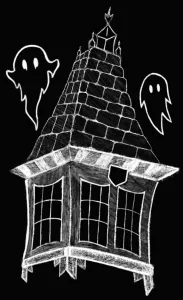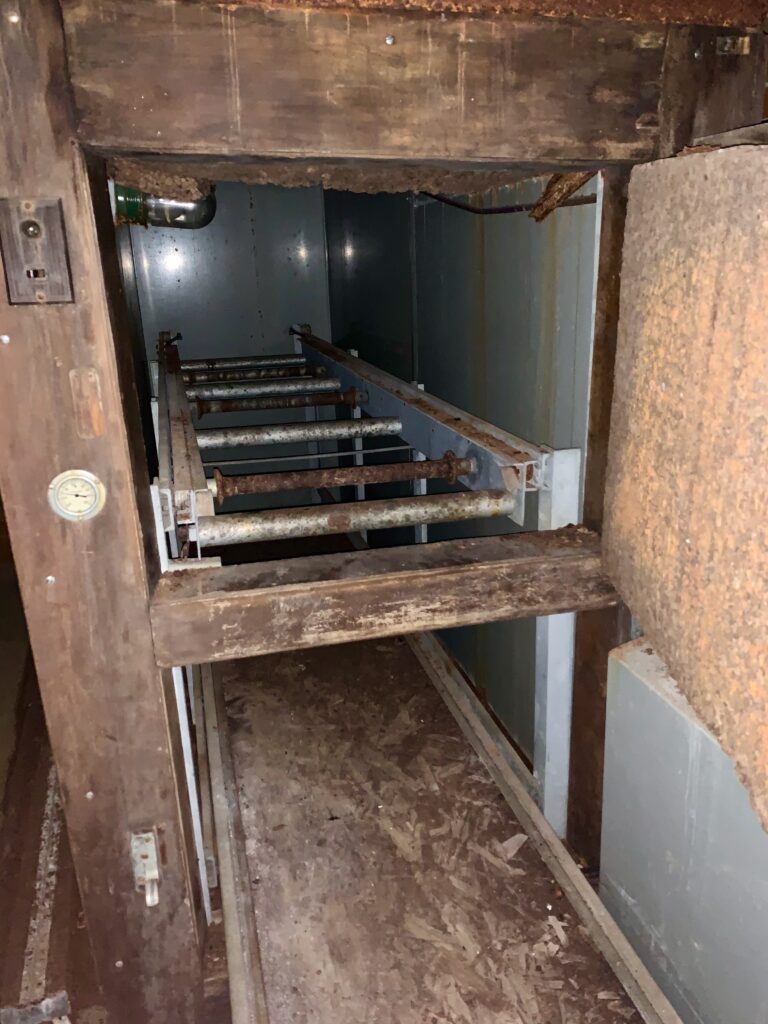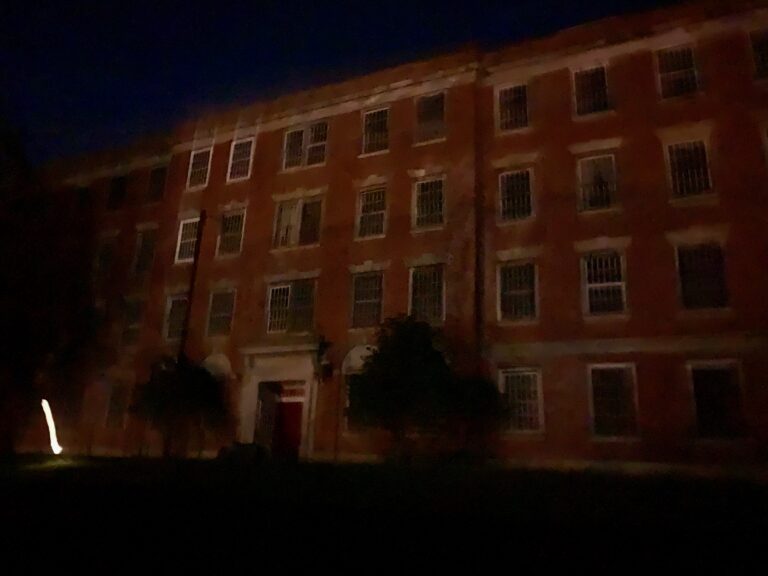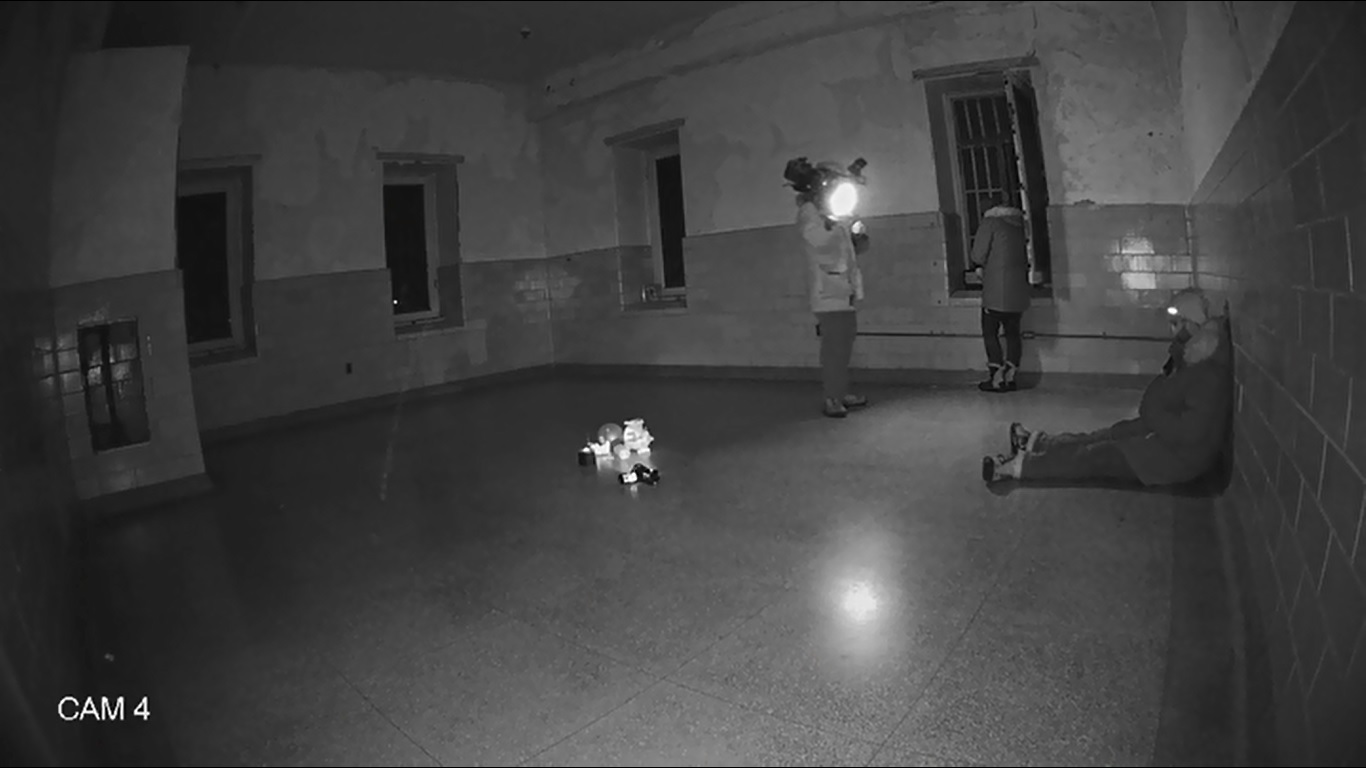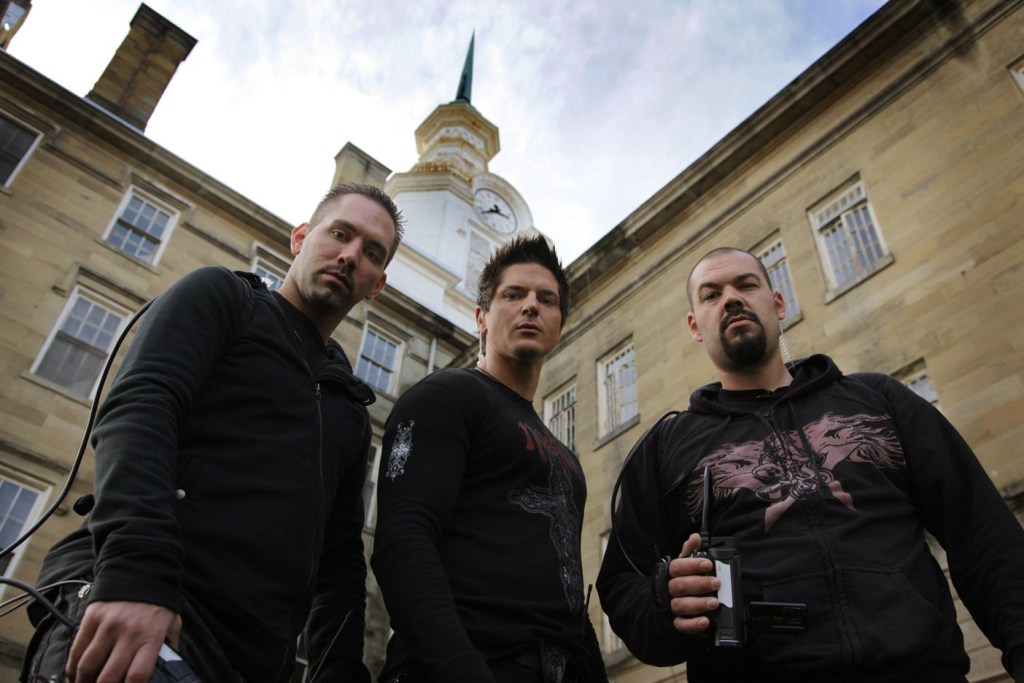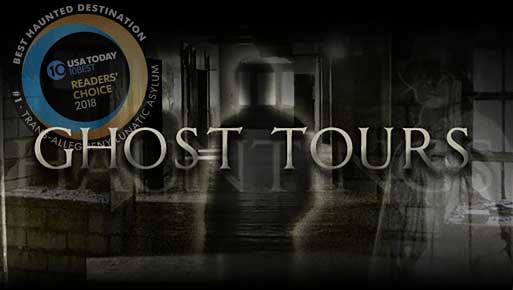Behind the towering stone walls of the Trans-Allegheny Lunatic Asylum linger whispers of tortured souls and a history too dark to stay buried.
On This Page
History
The Trans-Allegheny Lunatic Asylum in Weston, West Virginia, began construction in 1858, just before the outbreak of the Civil War. Designed by architect Richard Andrews and built to follow the Kirkbride Plan, it was intended to be a place of light and air—its long wings, high ceilings, and vast windows meant to foster calm and healing. The asylum’s stone walls were quarried and hand-cut by prison laborers and skilled stonemasons, making it the largest hand-cut stone masonry building in North America and second only to the Kremlin in size worldwide.
When the asylum officially opened in 1864, its halls welcomed just a few dozen patients. It was meant to hold 250 individuals, each with their own room. But within decades, the institution swelled far beyond capacity. By the 1950s, over 2,000 patients filled its wards—men, women, and even children—living in conditions that were often overcrowded, unsanitary, and unsettling. Treatments ranged from well-intentioned but primitive to the downright controversial: insulin shock therapy, lobotomies, and electroshock treatments were all used within its walls.
The asylum’s history is also tied to the turbulence of the nation itself. During the Civil War, Union troops seized the partially completed building, using it as a military post. Later, fires, escapes, and episodes of violence would add to its dark reputation. For more than a century, the asylum became both a refuge and a prison, its corridors echoing with the struggles of those society often sought to forget.
By the 1990s, shifting ideas about mental health care led to the asylum’s closure. Its doors were locked in 1994, leaving behind miles of corridors, wards, and empty patient rooms frozen in time. Today, the massive Gothic structure is preserved as a National Historic Landmark. By day, it draws visitors with historical tours and its remarkable architecture; by night, it has become one of America’s most infamous sites for paranormal investigation. Many claim the asylum’s unsettled energy lingers still, a shadow of the countless lives that passed through its stone walls.
Hauntings & Lore
Little Lilly of the Asylum
Among the many spirits said to linger at the Trans-Allegheny Lunatic Asylum, few are as well-known—or as hauntingly tragic—as that of Lilly, a little girl who never truly left its walls. Like the asylum itself, her history is blurred by shadows and whispers.
One version says Lilly was born inside the asylum sometime in the mid-to-late 1800s. Her mother, a patient, was abandoned to the institution while pregnant, and Lilly spent her brief life wandering the same halls as the afflicted and forgotten. Some say she died of pneumonia, others of neglect—a child lost in a place never meant for children.
Another telling suggests that Lilly wasn’t born there at all, but rather was a young patient herself, admitted with her family’s consent during a time when children were often institutionalized for ailments as simple as epilepsy or developmental delays. In this version, her death was sudden and unexplained, adding to the unsettling nature of her presence.
Yet a darker version circulates among paranormal enthusiasts: Lilly may never have existed in life. Instead, she is thought to be a spirit born from the asylum’s tragic energy—a playful mask concealing something older, more sinister, that lures visitors into letting down their guard.
Despite these conflicting tales, Room 319 is where Lilly’s presence is most often felt. Visitors leave toys, balls, and dolls in the room, only to watch them move without explanation. EVP (electronic voice phenomena) recordings have captured what sounds like a little girl’s giggle. Others report seeing a faint child-sized shadow dart across the room, or feeling a small, icy hand slip into their own.
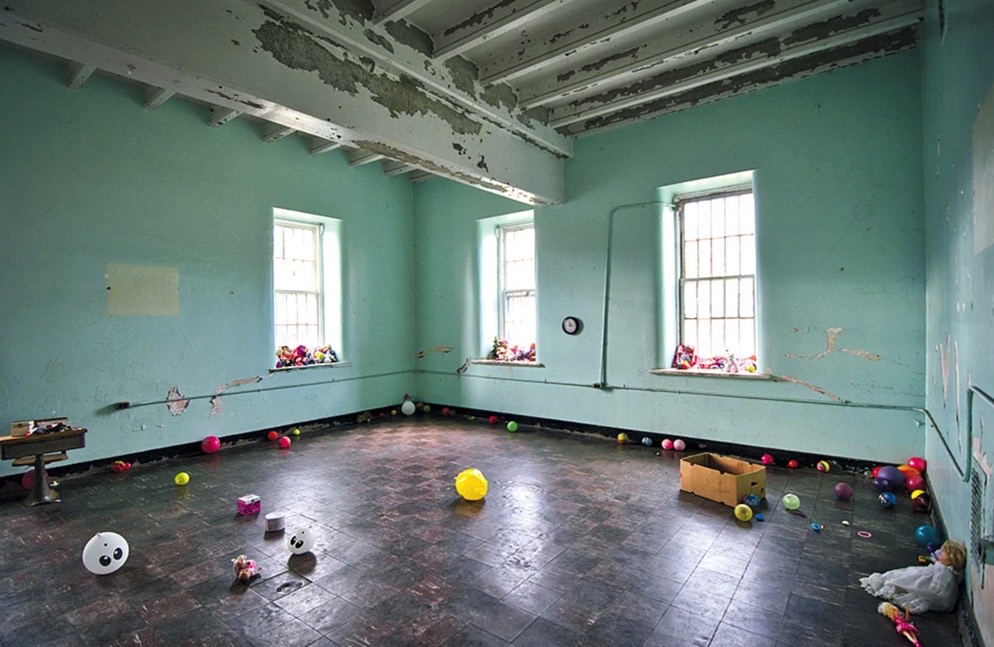
What makes Lilly’s story chilling is its contrast to the asylum’s darker legends: while violent spirits are said to roam other wings, Lilly’s energy is described as innocent and playful, though some investigators warn that this sweetness may itself be an unsettling illusion.
Whether she was once a real child, a spirit trapped in stone walls, or something conjured by grief and imagination, Lilly remains one of the asylum’s most captivating mysteries—forever young, forever wandering the halls of a place that never truly let anyone go.
Location
50 S River Ave, Weston, WV 26452, USA
